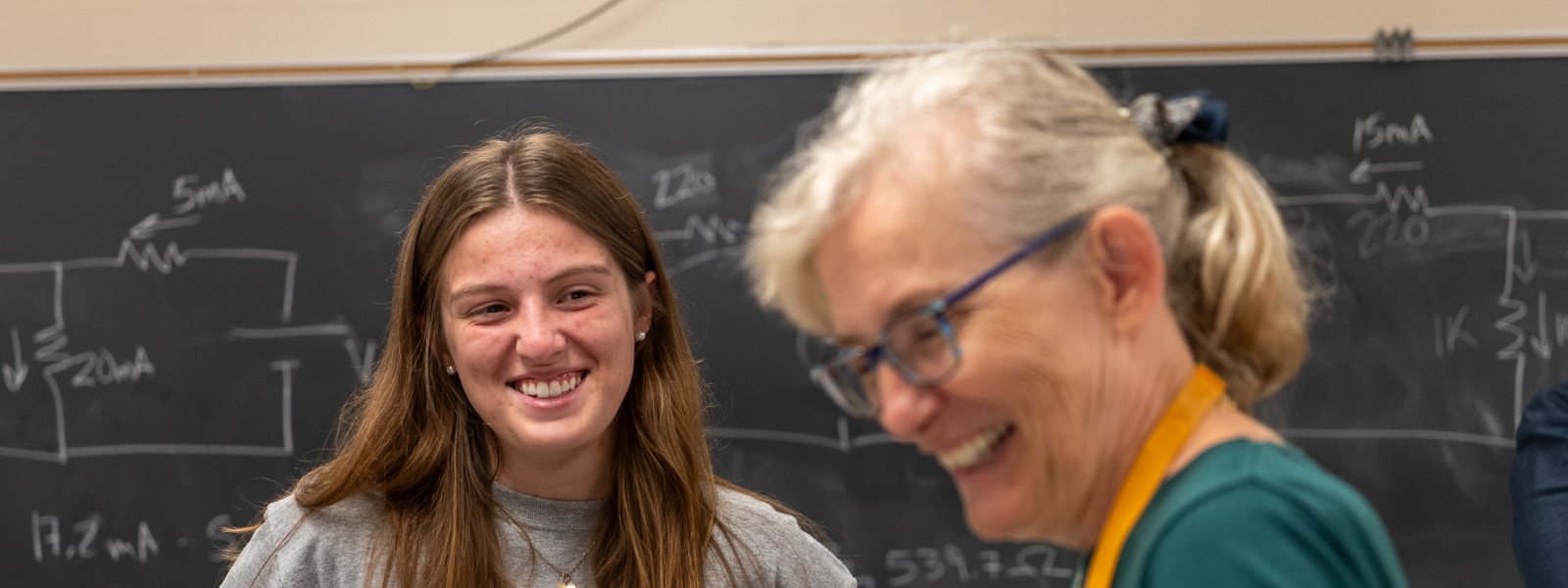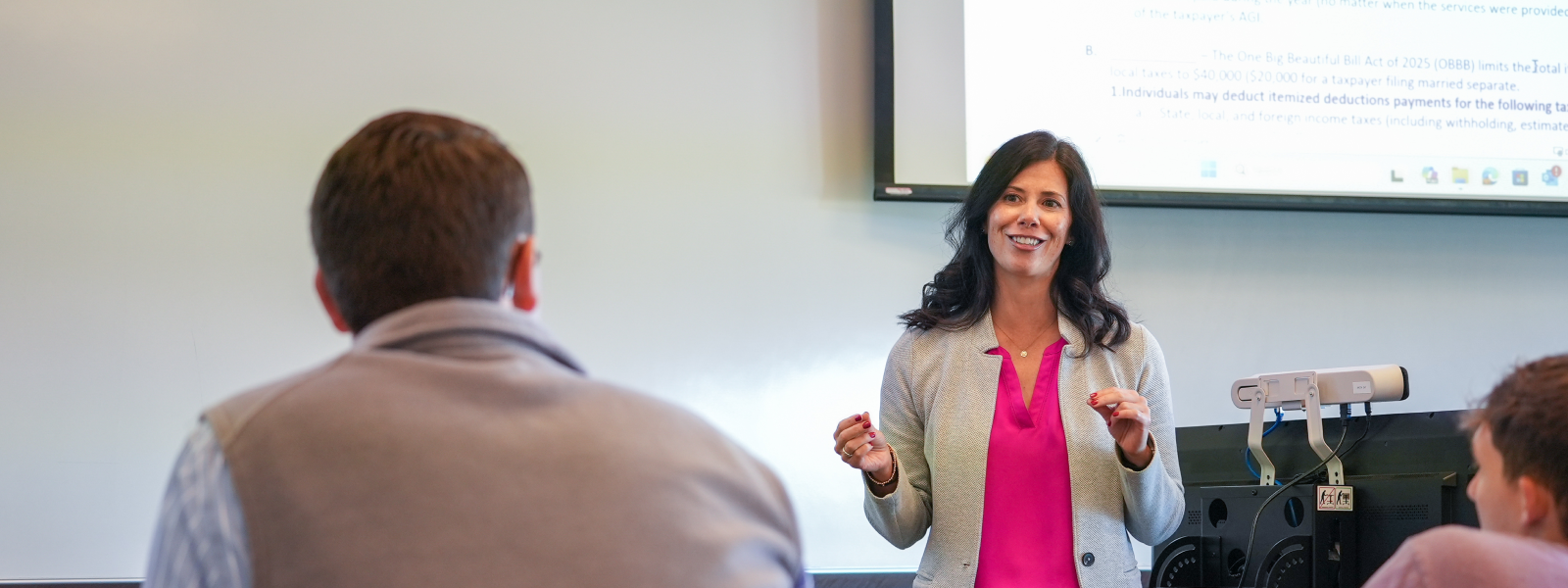2026 Celebration of Teaching
The Center for Teaching Excellence (CTE) at Xavier University invites faculty and staff to the Celebration of Teaching on April 13, 2026. The celebration aims to highlight teaching excellence at Xavier by providing a venue for faculty to share how they promote learning to enhance students’ intellectual, moral, and spiritual development in and outside the classroom.

